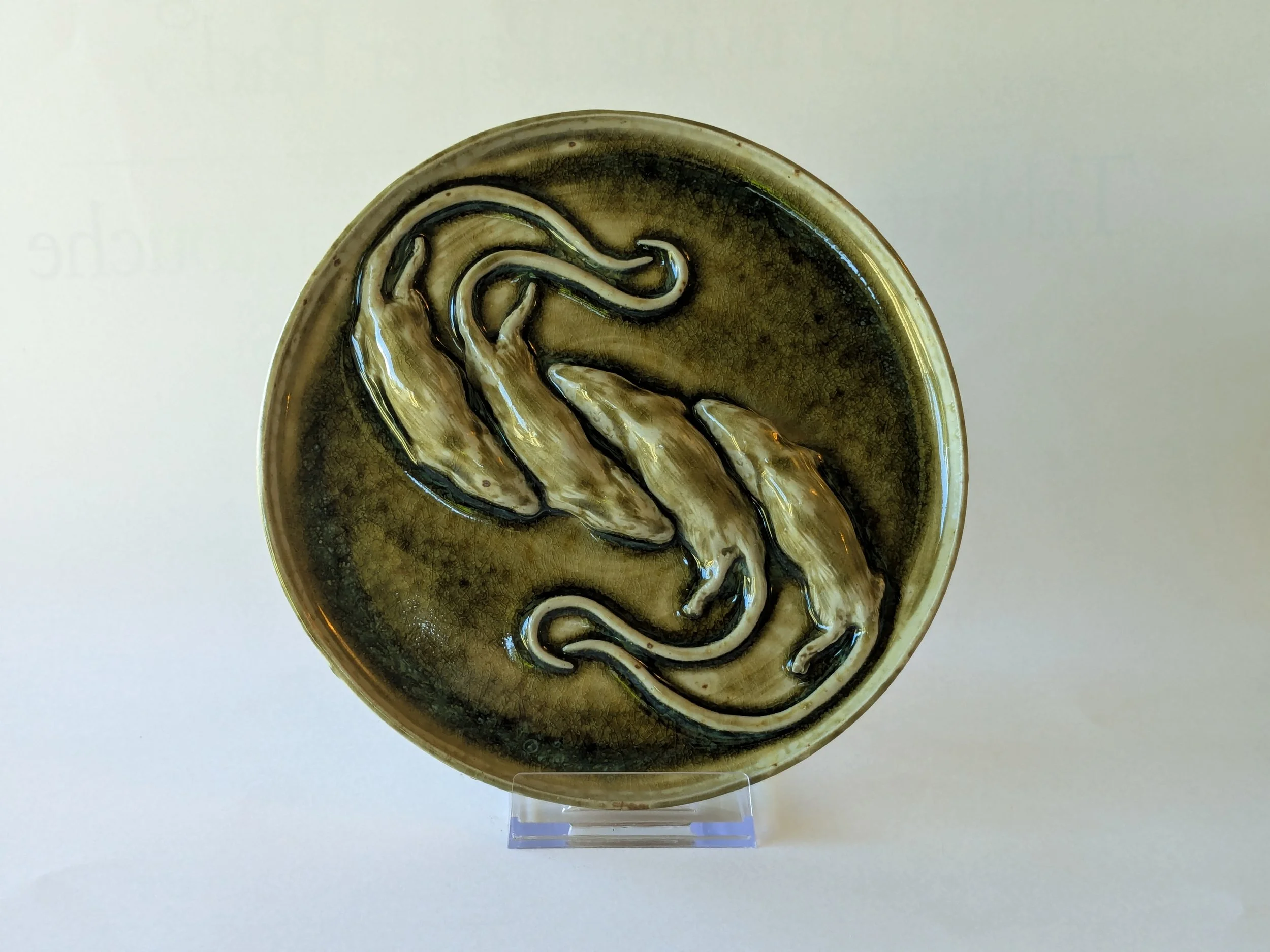Keeping pests out of our homes has been a constant struggle for humans since we became an agricultural society. This is particularly the case with mice and rats, who have adapted to thrive in human spaces. The impacts of sharing space with rodents varies hugely based on socio-economic location; while mice and rats are everywhere in urban environments, those who have the closest contact with these creatures tend to live in buildings that are poorly maintained. For those who are unhoused, there are few options for keeping food secure and animals out of tents. Rats and mice are seen as carriers of disease and a marker of poor hygiene and upkeep, but they exist in both high- and low-income areas; everywhere that humans accumulate waste. They have evolved to thrive in the spaces we call home.
In Vancouver the rat population seems to be on the rise, with footage capturing rats swarming outside Burrard Skytrain Station in the downtown core. Some blame the apparent growth of the rodent population on the banning of second-generation anticoagulant rodenticides, which inadvertently kill birds of prey, cats, dogs, and other creatures who consume poisoned rodents. Others emphasize that removing food sources by securing trash and properly maintaining buildings is the only way to control the population- a tall order in a city known for slumlords and sky-high housing costs. While humans struggle with the cost-of-living crisis, mice and rats continue to thrive, taking up residence in our walls, attics, and basements.
Mice and rats have succeeded in establishing themselves in new areas at least in part due to colonization, as humans in search of new homes intentionally and unintentionally brought flora and fauna with them, sometimes with devastating impacts. Our ability to control the spread of this life, through rodenticides and pesticides, continues to have major impacts on native species. It can be easy to ignore these impacts, closing the doors to our homes and leaving the wildness of nature outside, until it comes inside to join us.
These works explore the sense of horror, fascination, revulsion, and wonder that can be elicited when confronted with the sight of mice en-masse. Decorated with sprigs made from a mold of a mouse, from a distance, these vessels are recognizable as highly decorated ceramic vase-shapes that might be familiar or welcome in domestic spaces, but upon closer inspection the mouse details become visible. One rodent might be cute, but a swarm can create a sense of intense discomfort. Similarly, a mouse outside can be acceptable, but in the home is immediately unwelcome. The vessels range from stoneware to high-fire clay and are decorated with slips, fired raw, or soda fired.































































































